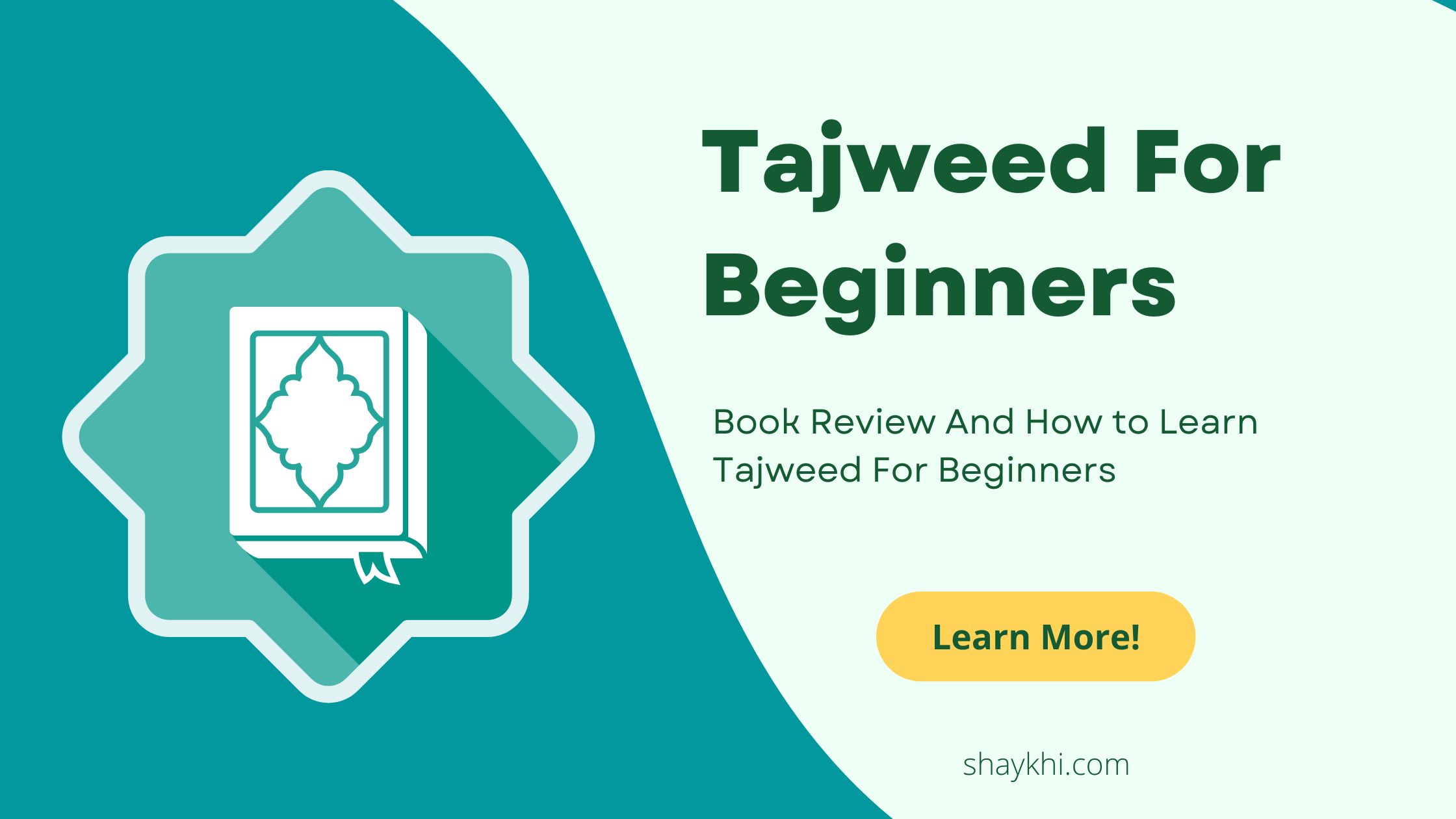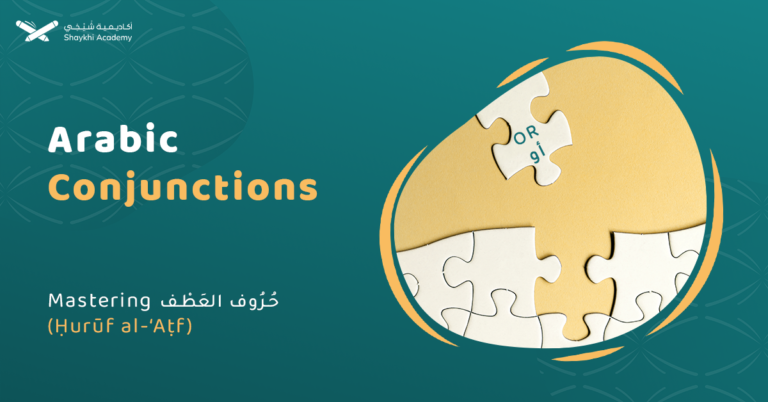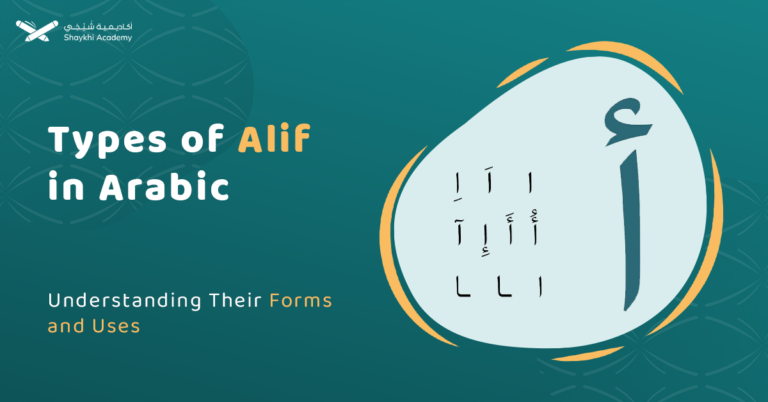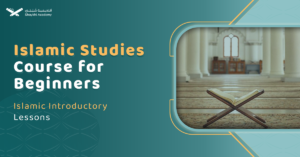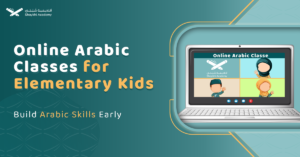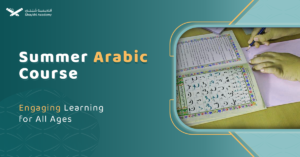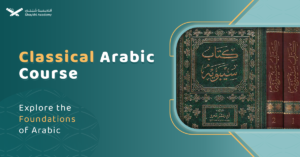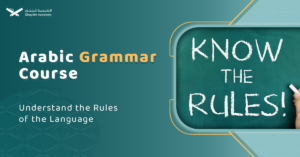“Tajweed for Beginners” by Qari Ismail Ishaq is a concise, 67-page guide designed for those seeking to learn the fundamentals of Tajweed. This article delves into the key rules presented in the book, offering an evaluation of its strengths and weaknesses to help readers fully grasp the subject matter. Additionally, the article includes frequently asked questions with brief answers, providing a more engaging and comprehensive experience for beginners learning Tajweed.
Tajweed For Beginners: Book Introduction
The book begins with verses and hadiths emphasizing that learning Tajweed and applying it during recitation is compulsory to avoid being cursed. However, this introduction may come across as overly restrictive, as it places more importance on Tajweed learning and application than on understanding the meaning of the Quran and practicing its teachings.
While it is essential for Muslims to strive to learn the Quran’s basic rules of correct pronunciation without alteration, making all Tajweed sections compulsory can be challenging, especially for non-native Arabic speakers. Additionally, there is no authentic hadith that explicitly states a “curse” for Quran reciters who make mistakes in Tajweed. Instead, the Quran and Hadith focus on the importance of giving the Quran its due rights, primarily through understanding its meaning and practicing its messages.
Main Sections In Tajweed For Beginners
Tajweed definition purpose and benefits of tajweed, major and minor errors, Rules of isti’aadhah and basmalah, Makharij & Sifaat, some Terms to know, Rules of alif, laam, raa and Meem, noon mushaddad, Meem sakin, Noon sakin and tanween, madd, waqf and saktah. Following are the most important sections highlighted:
1. Major & minor errors
The book excels in providing illustrative categories and examples for each type of error. However, it considers committing both minor and major errors to be a sin–an over-restriction to make both under the same judgment.
2. Rules of istiaadhah and basmalah
The author sets the different possible states for making isti’aadhah and basmalah at the beginning of different positions from the Quran stating what is acceptable and what is not.
The Arabic alphabet
Makharij & Sifaat sections
The book well categorizes the sections of both makharij and sifaat highlighting the explanation using illustrative diagrams to make the rules more visual and applicable.
3. Tafkheem and tarqeeq rules
The author implies tafkheem and tarqeeq rule ander sifaat-related category entitled sifaat Aaridah, i.e., temporary qualities. In this category, the author highlights the main rule of tafkheem and tarqeeq for all the letters. After that, it makes a separate lesson for the rules of alif, laam, and raa in their different cases of tafkheem and tarqeeq.
4. Meem sakin & Noon sakin and tanween
Noon sakin and meem sakin rules are well covered in the book with adequate examples per each sub-rule. This way, the student or the tutor can use these provided examples to make the theoretical aspects more comprehensible.
5. Rules of madd
The different rules of madd are well explained since the author sets the types of madd (Asli and far’ee) highlighting the sub rules for madd far’ee with examples.
6. Rules of waqf & Saktah
The book states the different types of waqf (stopping) based on the different possible cases considered for recitation as well as the four agreed positions of saktah. Though comprehensive, some rules mentioned in waqf section are not suitable or necessary for beginners, i.e., the rules of Raum and Ishmaam.
Overall, the sections of the book are simply explained and cover the main Tajweed rules needed for proper Quran recitation.
Tajweed For Beginners: Book Evaluation
Qari Ismail Ishaq’s Tajweed for beginners has many strength points helping the students and the tutors to make good use of them. However, there are many challenging points to be considered. Here are the key points::
Strengths of the book
The following points add to the value of the book:
- Rich Material in a Reasonable Quantity: Despite being only 67 pages long, the book comprehensively covers the main Tajweed rules, providing adequate detail within a small-sized volume.
- Illustrative Questions: After each section, the book includes questions that give the tutor ideas about explaining the topic and some hints for quizzes. Though the questions don’t cover the material thoroughly in many sections, the idea can be inspirational.
- Diagrams for Points of Articulation: The book includes diagrams that make it easier for learners to understand the various points of articulation in Tajweed.
- Quranic Examples for Each Rule: The book provides numerous Quranic examples for each rule, along with additional examples in the questions following each lesson.
Challenges in the book:
The following points need to be covered from extra resources for the best benefit of the learner and Quran tutor:
- Over Restriction on Judging all Tajweed Rules as Compulsory: The book’s strict approach hardens the learning process for non-Arabic speakers in particular.
- Lack of priority for understanding the Quran and practicing its messages.
- Limited English Translation of Tajweed Terms: Many Tajweed terms are only provided in Arabic transliteration, without English translations. This lack of translation can hinder learners from fully grasping the concepts.
Remember, when the reader considers the book evaluation with its strengths and challenging points, they can make extra benefits and improve their analytical skills.
How To Learn Tajweed For Beginners?
Beginners can start to learn tajweed by following these three steps to make their journey more beneficial:
1. Studying Noorani Qaida:
Noorani Qaida is a famous beginner-friendly method for learning how to recite the Quran. For more about this topic, refer to:
- Noorani Qaida and Noor al-Bayan: Full Guide!
- Arabic Noorani Qaida: All you need to know!
- Tajweed Qaida: Overview And Summary Of The Noorani Qaida Book
2. Learning Tajweed with a Native Arabic tutor:
The tutor is essential in the beginning phase for better results. Shaykhi Academy presents many native Arabic tutors who can help you in your Tajweed learning journey.
3. Start with the basic Tajweed rules:
Learning basic Tajweed rules such as noon sakin and meem sakin helps the learner to make noticeable progress in Quran recitation. For more about a simple way to learn the basics of essential tajweed rules, refer to these articles:
- Top 6 Main Tajweed Rules For Beginners With Top Questions!
- Tajweed Rules: A Guide To All The Ahkam With Examples
- What Are The Quran Tajweed Rules And How to Learn Them Easily?
Thus, by following these three steps, beginners can smoothly turn to the next step in a short time!
Who Are The Beginners When Learning Tajweed?
Beginners in Tajweed are individuals who are new to the science of Tajweed and the correct recitation of the Quran. These learners are typically inexperienced reciters who may make errors when reciting the Quran or might be entirely new to practicing Tajweed.
Related:
- Noorani Qaida with Tajweed Rules – Full Guide
- What Is Alphabet In Tajweed? Full Guide To Tajweed Letters
- What is Tajweed? Meaning, Types, History, And More!
What Is The Beginner Tajweed Course At Shaykhi Academy?
Shaykhi Academy provides a variety of beginner Tajweed courses suitable for adults and kids. These courses are designed to help beginners have a better experience by introducing the fundamentals of Quran recitation and explaining the basic Tajweed rules.
For adult beginners, here is a suitable course:
Learn Quran Online for Adults Course – Beginners Course
Also, there are many courses suitable for kids:
- Recitation And Tajweed Classes For Kids
- Learn Noorani Qaida For Kids – Best Online Course For Beginners
- Online Quran Classes for Kids
Why Choose Shaykhi Academy?
- Connect with highly qualified native tutors.
- Flexible scheduling to suit your busy lifestyle.
- Affordable classes tailored for all levels.
- Accessible from anywhere around the globe.
Discover Our Range of Courses:
- Arabic Noorani Qaida: Lay a solid foundation for Quranic studies.
- Online Quran Classes for Kids: Engaging lessons for lifelong learning.
- Tajweed Rules for Kids: Learn to recite with confidence.
- Quran Hifz for Kids: Step-by-step guidance to memorize the Quran.
- Quran for Adults: Introduce yourself to Quran reading and Tajweed rules.
- Online Arabic Courses: Master the language of the Quran.
- Islamic Studies: A wide range of topics related to Islam, including theology, law, Quranic studies, and Hadith.
Don’t Miss Out on Your Chance to Excel! Whether you’re a beginner or seeking advanced knowledge, Shaykhi Academy can guide you! Book your free trial now

Conclusion
In conclusion, “Tajweed for Beginners” by Qari Ismail Ishaq serves as an introductory guide to the science of Tajweed, as its title suggests. The book covers most of the essential Tajweed rules simply and comprehensively, though some sections may be more suitable for advanced learners. With its illustrative diagrams and practical examples, the book effectively aids learners in enhancing their understanding and making the learning experience more effective.
